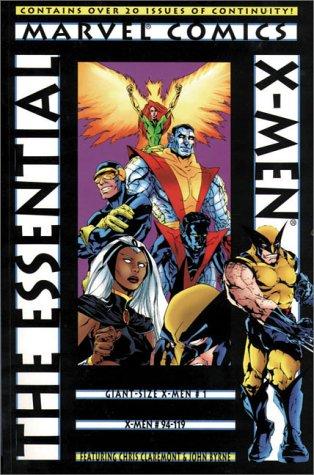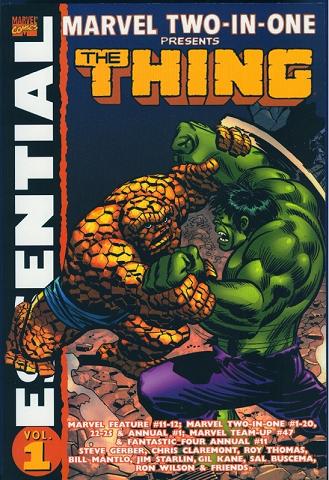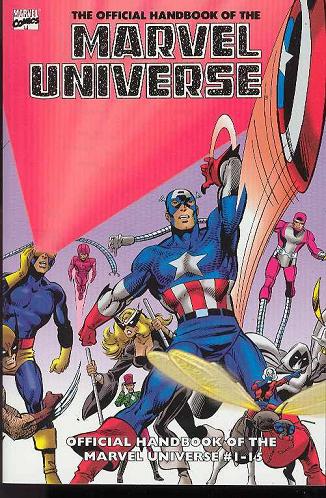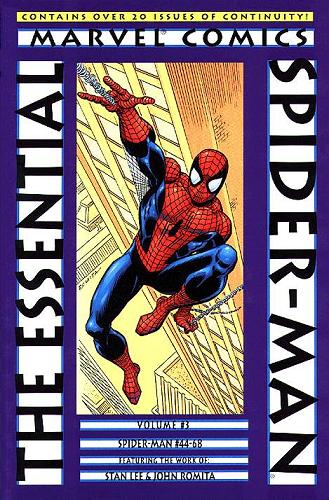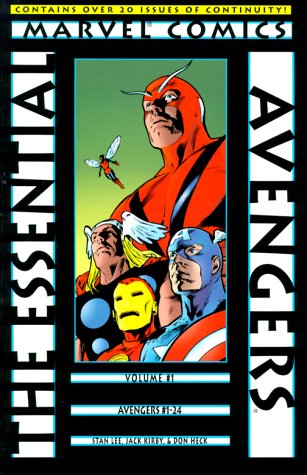
Essential Avengers Vol. 1
Stan Lee, Jack Kirby, Don Heck and friends
Reprints: Avengers 1-24 (September 1963- January 1966)
Get this for: Kang and Cap’s Kooky Quartet — three stars
The Avengers was one of the weaker Marvel Silver Age titles. Though created by Stan Lee and Jack Kirby, it’s neither’s strongest work and neither’s heart seems to be in it. Of course Stan Lee was running Marvel comics at the time as well as writing the other nine series they were then putting out, so it’s no wonder he would take it easy on certain titles. And whereas The Fantastic Four from the start had its own voice, The Avengers put together five heroes with their own titles and not that much in common as a somewhat belated Justice League of America knockoff. If you then have Kirby leaving after only eight issues to be replaced by an uninspired Don Heck you have a problem.
Which is why it was a bit of a slog getting through The Essential Avengers Vol. 1, as quite a few of the stories in here are dull. The origin story is an example. Loki is looking for a way to get back at Thor, spies the Hulk and manipulates him into smashing up a train bridge. Rick Jones and his Teen Brigade attempt to contact the Fantastic Four but Loki redirects their signals to Thor, but what he doesn’t know is that Iron Man, as well as Ant Man and the Wasp have received his message as well. Off they all head to New Mexico to find the Hulk, a big fight breaks out which ends as Thor reveals the real villain. As a story it doesn’t really gell and the Hulk never really fits in with the Avengers. His replacement by Captain America in #4 is a great improvement.
But even then the stories remain a bit dull. Having Rick Jones hang around isn’t helping, as he’s just annoying. Let’s not even mention the Teen Brigade. Then there are the villains. I’ve never liked Loki, the Space Phantom in #2 is alright but not spectacular, then there are two issues with Namor, followed by no less than three issues with Baron “Help my mask is glued to my face! Curse you Captain America!” Zemo. Or there are the Lava Men, yet another subterranean menace. Or the Red Menace threat of the Commissar, slightly later on. As threats, these are all strictly from dullesville.
All is forgiven however with the introduction of Kang the Conquoror in issue eight. Now there’s a real threat, with his mastery of future super science, so confident of his victory he receives the Avengers in a lounge chair. He completely overclasses them at first, defeating the Avengers with ease. He does get his comeuppance of course, but he’s one of the few villains here you could imagine winning. Another great early issue, the next issue in fact, is that which introduces Wonderman, another villain who seems to easily get the upper hand over the Avengers before he has a change of heart.
I felt that The Avengers only reached their stride once the original members had buggered off, leaving Captain America only with three novice heroes, each of which actually started out as a villain: Hawkeye, Quicksilver and the Scarlet Witch. Now that Lee only has to deal with one member with his own title, it gets much easier for him to get some character development going on. Granted, much of it is somewhat artificial as Lee squares off old square Cap against young hotheads Hawkeye and Quicksilver, which is again somewhat tedious. But on the whole much better than the first ten issues or so.
Artwise, while Kirby at this time was incapable of turning in bad stories, it didn’t compare favourably with his work on e.g. Fantastic Four. His replacement with Heck works in the title’s favour, once Heck has found his style. I like his slim, streamlined figures here, as well as the touch of glamour he brings to them, especially to the Scarlet Witch. In general Heck keeps improving over this volume.
Overall this volume shows a title that started out bad, got slightly better after Captain America joined, but only started really improving with “Cap’s Kooky Quartet”. This volume does not show the Avengers at their best, but ends just as they start getting better.
